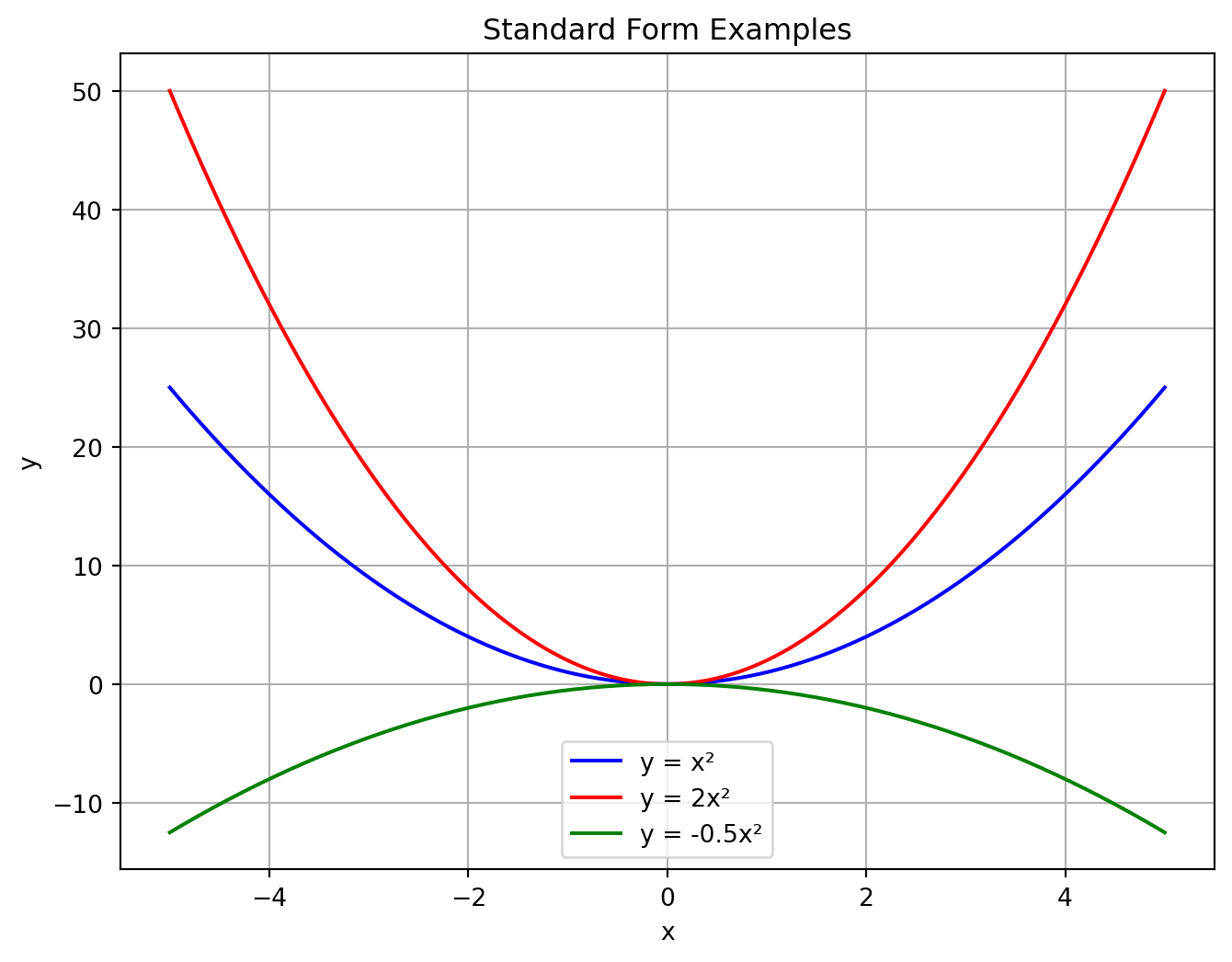
Parabolas in Bridges and Architecture
Parabolas in Bridges and Architecture
In architecture and engineering, parabolas are widely used in the design of suspension bridges and arches. Parabolic curves are structurally efficient and provide stability by evenly distributing weight and tension.
Concept and Real-World Example
The cables of a suspension bridge form a parabolic shape due to the force of gravity acting on the suspended cables. A parabolic curve ensures that the tension in the cable is distributed efficiently across its length.
Key Properties of the Parabolic Curve in Suspension Bridges:
Parabolic Equation:
The shape of a suspension bridge cable is modeled as:
\[ y = ax^2 + bx + c \]- \(y\) represents the vertical height of the cable.
- \(x\) is the horizontal distance.
- \(a\), \(b\), and \(c\) are constants determined by the dimensions of the bridge.
- \(y\) represents the vertical height of the cable.
Vertex:
The lowest point (vertex) of the parabola represents the point of maximum tension, often located at the center of the bridge.Focus:
In parabolic arches, the focus is the point where all forces converge, which ensures maximum stability.
Structural Efficiency
Why Use Parabolas?
Parabolas minimize stress by evenly distributing the load along the cable or arch. This reduces material usage while maintaining strength.Example Bridges:
- Golden Gate Bridge (San Francisco, USA)
- Brooklyn Bridge (New York, USA)
- Golden Gate Bridge (San Francisco, USA)
Visual Demonstration
Below is a parabolic curve representing the shape of a suspension bridge cable. This visualization shows how the cable hangs under uniform weight.
Real-World Applications
- Suspension Bridges: Parabolas allow cables to carry the load efficiently. The cables transfer the weight to the bridge’s towers.
- Parabolic Arches: In buildings, arches shaped as parabolas are stable and require less material.
- Domes: Some architectural domes use parabolic curves to distribute forces evenly.
Takeaway
Parabolas play a significant role in architectural design and engineering, particularly in bridges and arches. Their ability to distribute forces efficiently makes them essential for creating stable and elegant structures.